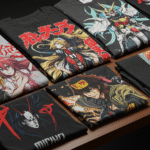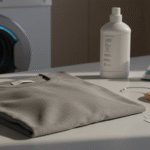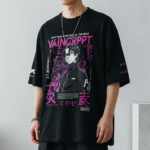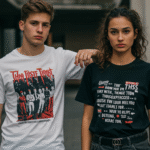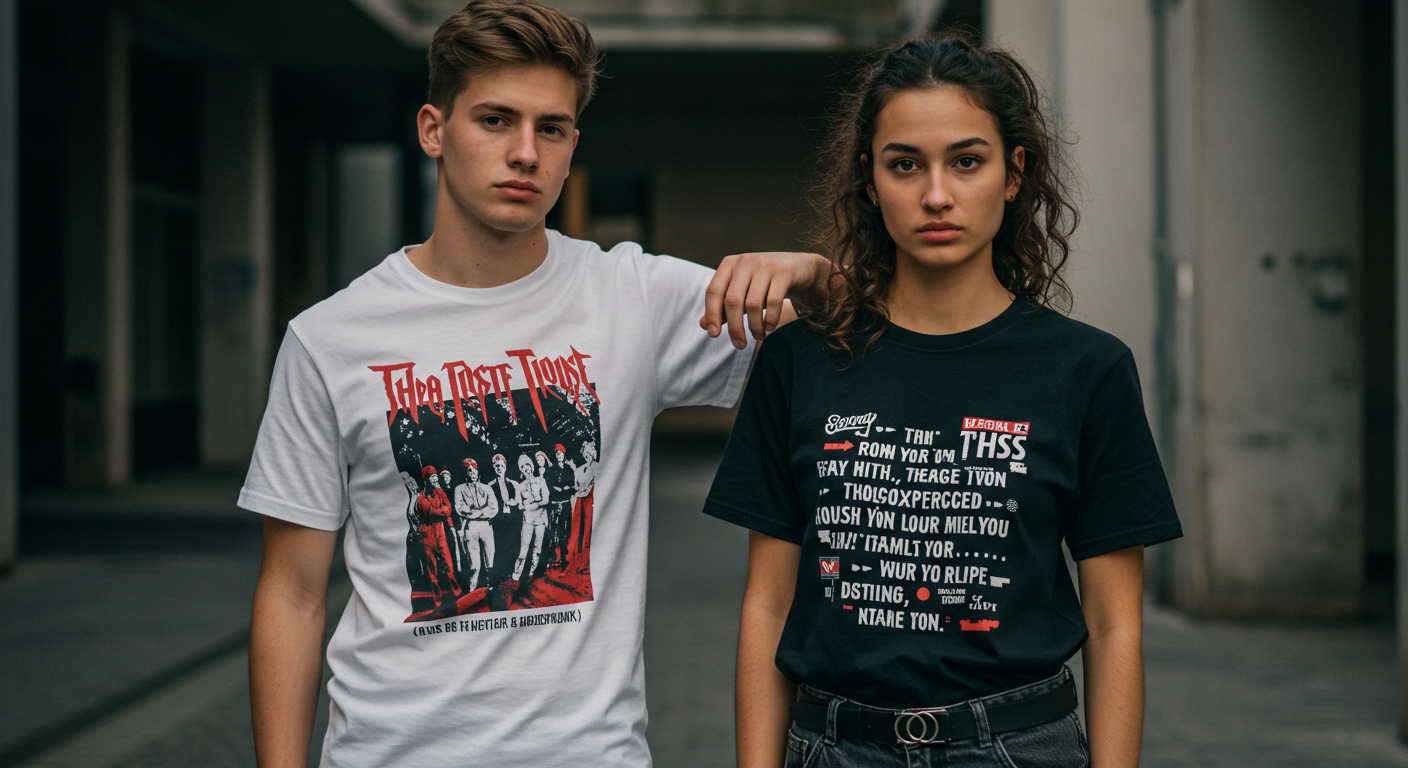
The Psychology of Wearing Graphic Tees
Fashion has always been more than just clothing. What we wear is a silent language that communicates who we are, how we think, and even how we want others to perceive us. Among the countless pieces of fashion, one humble garment has stood the test of time and emerged as a global cultural icon: the t-shirt. And within the t-shirt universe, graphic tees hold a unique psychological power. They don’t just cover our bodies; they tell stories, project identities, and serve as wearable art.
In this blog, we will explore the fascinating psychology behind wearing graphic tees — why people choose them, how they influence self-expression, and what they reveal about human behavior and social dynamics.
The Origins of Graphic Tees: A Cultural Symbol
The journey of graphic tees started in the mid-20th century when t-shirts transformed from being basic undergarments to becoming a canvas for creativity. The 1960s and 70s saw the rise of band merch, political slogans, and counterculture messages plastered across cotton tees. From Woodstock festivals to punk rock concerts, the graphic tee became a symbol of identity and rebellion.
Psychologically, this transformation was significant. Instead of merely wearing fabric, people were now wearing their beliefs, passions, and personalities on their chests. A graphic tee said, “This is who I am” before a single word was spoken.
Self-Expression Through Clothing
One of the strongest psychological reasons people wear graphic tees is self-expression. According to fashion psychology, clothing acts as an extension of one’s personality.
When someone wears a band tee, a superhero logo, or a shirt with an inspiring quote, they are essentially broadcasting a piece of themselves to the world. It’s a way of sharing what matters to them without initiating a conversation.
- A Marvel fan might proudly wear an Avengers tee to showcase their passion for superheroes.
- A social activist might wear a tee with a bold statement to highlight their beliefs.
- Someone with a playful personality might choose a funny graphic tee to project humor.
In short, graphic tees are personal billboards, and the designs people choose reflect their inner world.
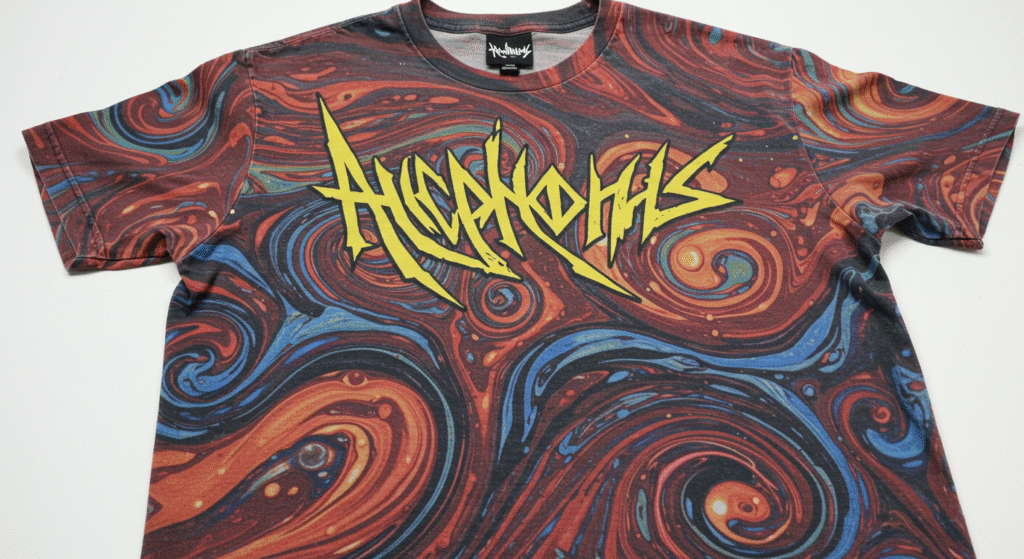
The Comfort of Belonging
Human beings are social creatures with a natural need to belong. Psychologists argue that clothing often acts as a “membership card” into a community. Graphic tees are particularly powerful in fulfilling this role.
Think about fan communities:
- A Harry Potter graphic tee immediately signals connection to fellow Potterheads.
- A football club’s jersey unites fans across stadiums and continents.
- A vintage rock band tee connects people who share nostalgia for the same era.
Wearing such tees creates an instant bond with strangers who recognize the design. The psychology here is simple: when people wear something that aligns with a larger group identity, they feel part of something bigger than themselves.
Nostalgia and Emotional Attachment
Another fascinating psychological layer behind graphic tees is nostalgia. Many people choose designs that remind them of their childhood, favorite movies, or music idols.
Nostalgia has been shown in studies to reduce stress, enhance mood, and create a sense of continuity in life. When someone wears a Mickey Mouse tee or a retro video game design, it is not just fashion — it’s a journey back to a simpler, joyful time.
This emotional attachment makes graphic tees much more than clothing. They become memory keepers stitched into fabric.
Individuality vs. Conformity
Interestingly, graphic tees balance two psychological opposites: the desire to stand out and the need to fit in.
- Individuality: People use unique or customized graphic tees to highlight their originality. A one-of-a-kind design or limited-edition print helps them feel special.
- Conformity: At the same time, popular graphics (like band merch or viral meme tees) allow people to blend into trends and cultural movements.
This duality explains why graphic tees appeal to such a wide audience. They give wearers the flexibility to either showcase uniqueness or join collective fashion waves — all depending on mood and context.
Humor and Social Signaling
Psychology also tells us that humor plays a critical role in social bonding. Many graphic tees rely on witty slogans, puns, or funny illustrations.
Wearing a humorous tee does more than get a laugh. It communicates intelligence, approachability, and personality. In social settings, it can act as an icebreaker, inviting conversations and making the wearer more memorable.
For example:
- A tee with a clever science pun might make someone instantly connect with other science enthusiasts.
- A sarcastic slogan might signal confidence and wit.
In essence, graphic tees are not just visual; they’re social tools for building relationships.
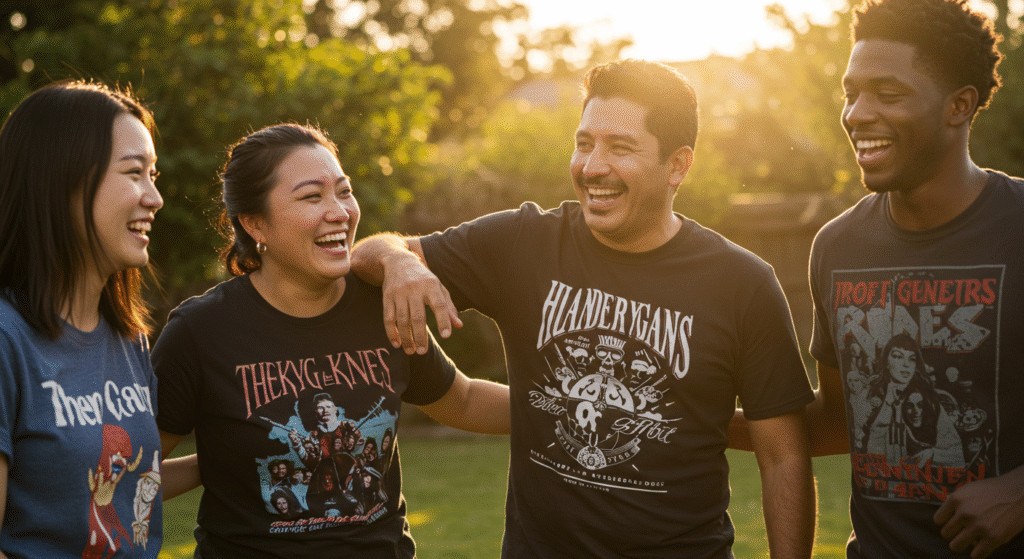
The Psychology of Color and Design
Beyond the text and imagery, even the colors and designs on graphic tees influence psychology. Studies in color psychology show that:
- Black and white designs suggest minimalism, sophistication, and bold statements.
- Bright colors (like yellow or red) symbolize energy, joy, and attention-seeking.
- Pastels create a sense of calmness and nostalgia.
Likewise, large bold graphics tend to project confidence, while subtle, small logos indicate a quieter personality.
Every design choice carries psychological weight, shaping how both the wearer and the observer perceive the message.
Graphic Tees in Modern Marketing
Brands have recognized the psychological pull of graphic tees and use them strategically. Today, t-shirts are not just apparel — they’re walking advertisements.
A customer who buys and wears a tee with a brand’s logo or slogan becomes a brand ambassador in public. This is why so many companies invest in limited-edition designs, collaborations with artists, or influencer partnerships.
Psychologically, when people wear brand-related graphic tees, they feel like they are part of the brand’s community. This creates loyalty, pride, and emotional connection.
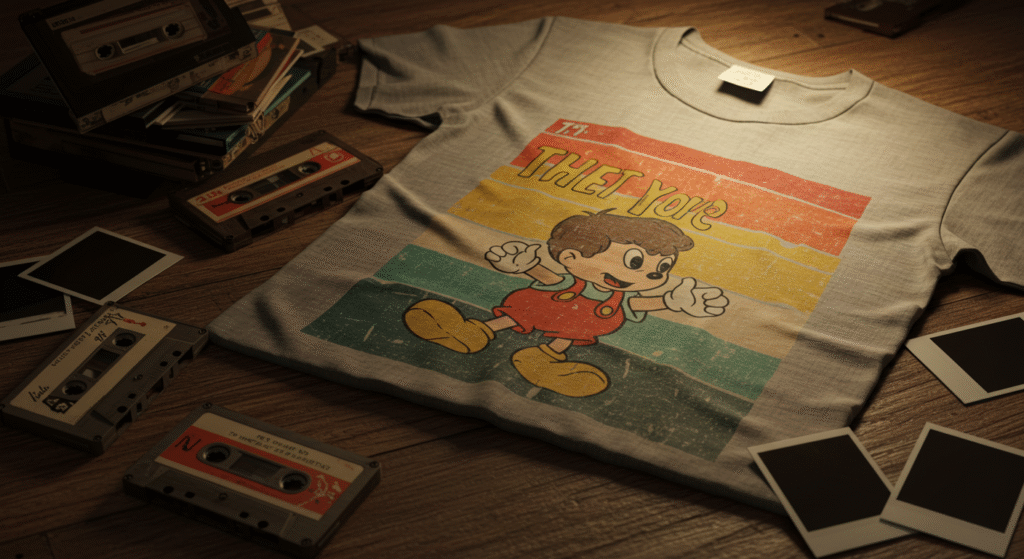
Confidence and Identity
Wearing the right graphic tee can also boost confidence. Psychologists call this phenomenon “enclothed cognition”, which suggests that what we wear can affect how we feel and behave.
For instance:
- A person wearing a tee with a motivational quote might feel empowered throughout the day.
- A gamer wearing their favorite game logo might feel more authentic and confident in geek culture spaces.
In this sense, graphic tees are not just expressive but also transformative, helping people embody the identity they wish to project.
Why Graphic Tees Will Never Go Out of Style
Trends may come and go, but graphic tees remain timeless because they fulfill fundamental psychological needs:
- The need for self-expression
- The desire for belonging
- The joy of nostalgia
- The ability to communicate without words
As long as humans crave identity, connection, and storytelling, graphic tees will continue to dominate wardrobes worldwide.
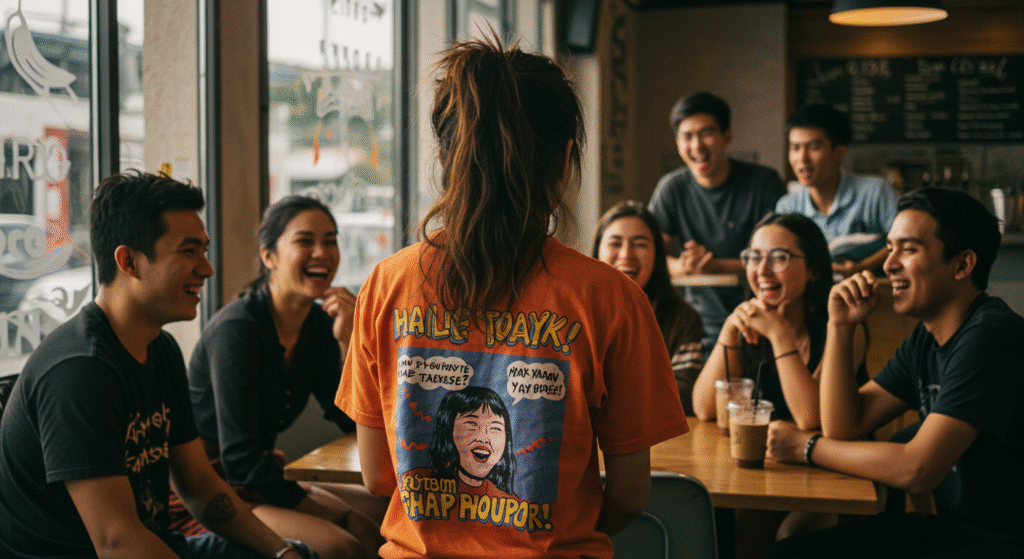
Final Thoughts
The psychology of wearing graphic tees runs deeper than fabric and ink. Every design we choose — whether it’s a nostalgic cartoon character, a bold political statement, or a quirky joke — reflects something about our inner world. These shirts are more than clothing; they are canvases of personality, emotion, and identity.
So the next time you pull out a graphic tee from your closet, remember this: you’re not just putting on a piece of cotton. You’re wearing a piece of your mind, your memories, and your message to the world.
Newsletter Updates
Enter your email address below and subscribe to our newsletter

